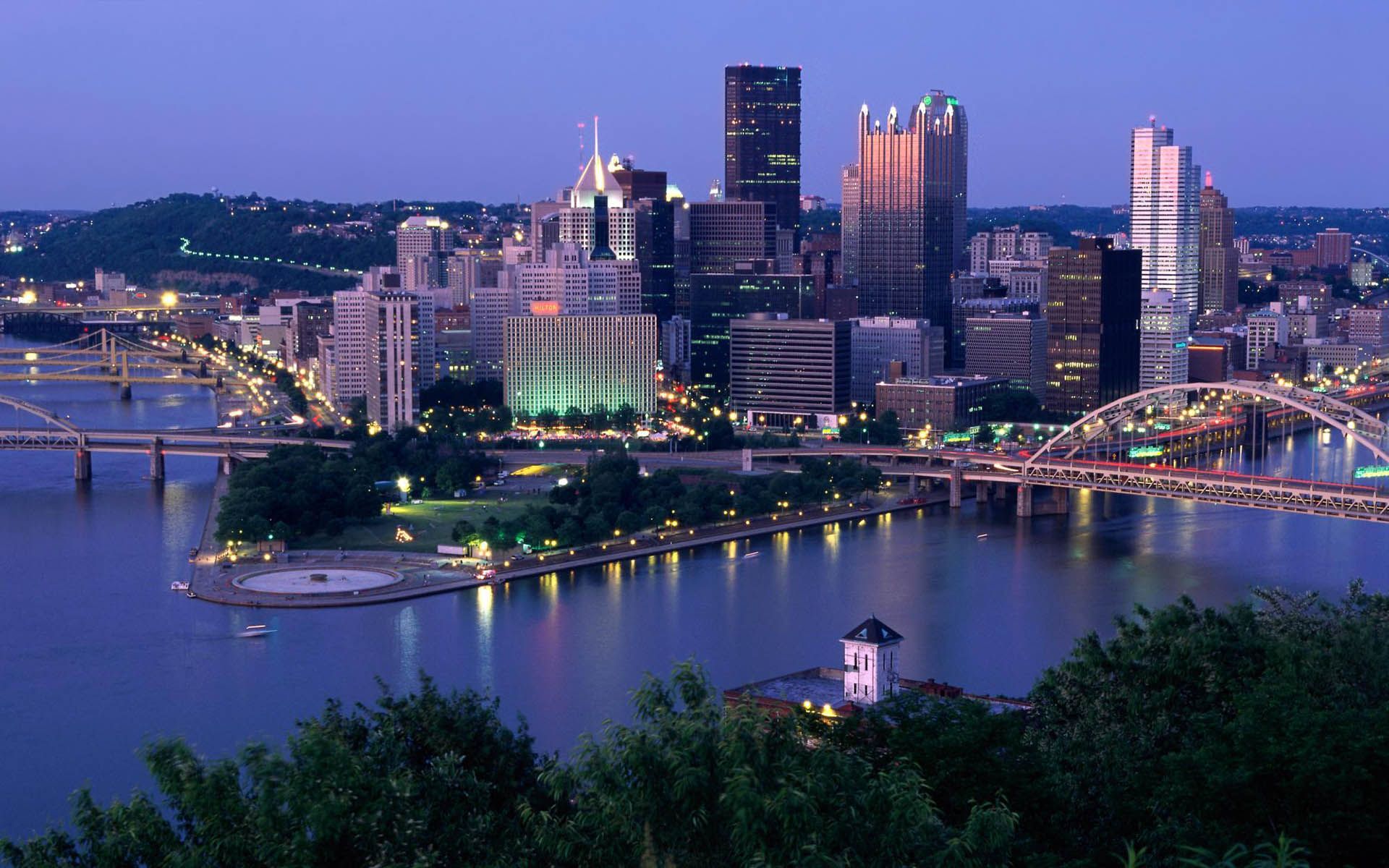Exoplanets may have been teeming with alien microbial life just 15 million years after the Big Bang, according to a Harvard scientist.
Exoplanets that orbit far beyond the habitable zone may have been able to support life in the distant past, warmed by the relic radiation left over from the Big Bang that created the universe 13.8 billion years ago, said astrophysicist Abraham Loeb from the Harvard University.
This suggests that Earthlings may be extreme latecomers to a universe full of life. The earliest evidence of life on Earth dates from 3.8 billion years ago, about 700 million years after our planet formed, ‘LiveScience’ reported.
The universe was a much hotter place just after the Big Bang. It was filled with sizzling plasma – superheated gas – that gradually cooled.
The first light produced by this plasma is the cosmic microwave background radiation (CMB) that we observe today, which dates from about 389,000 years after the Big Bang.
Now, the CMB is freezing cold – around minus 270 degrees Celsius. It cooled down gradually with the expansion of the cosmos, and at some point during the cooling process, for a brief period of seven million years or so, the temperature was just right for life to form.
The CMB’s heat that would have allowed water to remain liquid on ancient exoplanets, Loeb said.
“When the universe was 15 million years old, the cosmic microwave background had a temperature of a warm summer day on Earth,” he said.
“If rocky planets existed at that epoch, then the CMB could have kept their surface warm even if they did not reside in the habitable zone around their parent star,” he added.
According to the standard cosmological model, the very first stars started to form out of hydrogen and helium tens of millions of years after the Big Bang. No heavy elements, which are necessary for planet formation, were around yet.
However, Loeb said that rare “islands” packed with denser matter may have existed in the early universe, and massive, short-lived stars could have formed in them earlier than expected.
Explosions of these stars could have seeded the universe with heavy elements, and the very first rocky planets would have been born.
These first planets would have been bathed in the warm CMB radiation, and thus, Loeb said, it would have been possible for them to have liquid water on their surface for several million years..jpg)
Authors get paid when people like you upvote their post.
If you enjoyed what you read here, create your account today and start earning FREE STEEM!
If you enjoyed what you read here, create your account today and start earning FREE STEEM!
Hi! I am a robot. I just upvoted you! I found similar content that readers might be interested in:
https://www.space.com/24496-universe-alien-life-habitability-big-bang.html
Downvoting a post can decrease pending rewards and make it less visible. Common reasons:
Submit
thanks for giving me
Downvoting a post can decrease pending rewards and make it less visible. Common reasons:
Submit